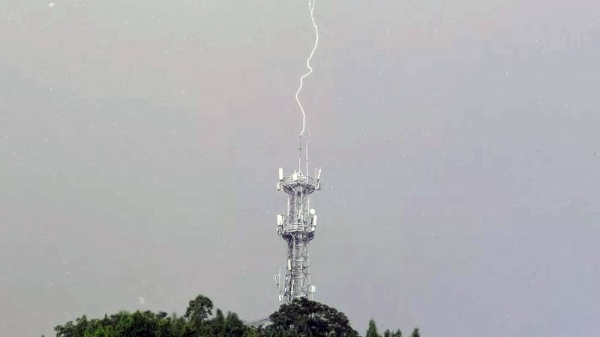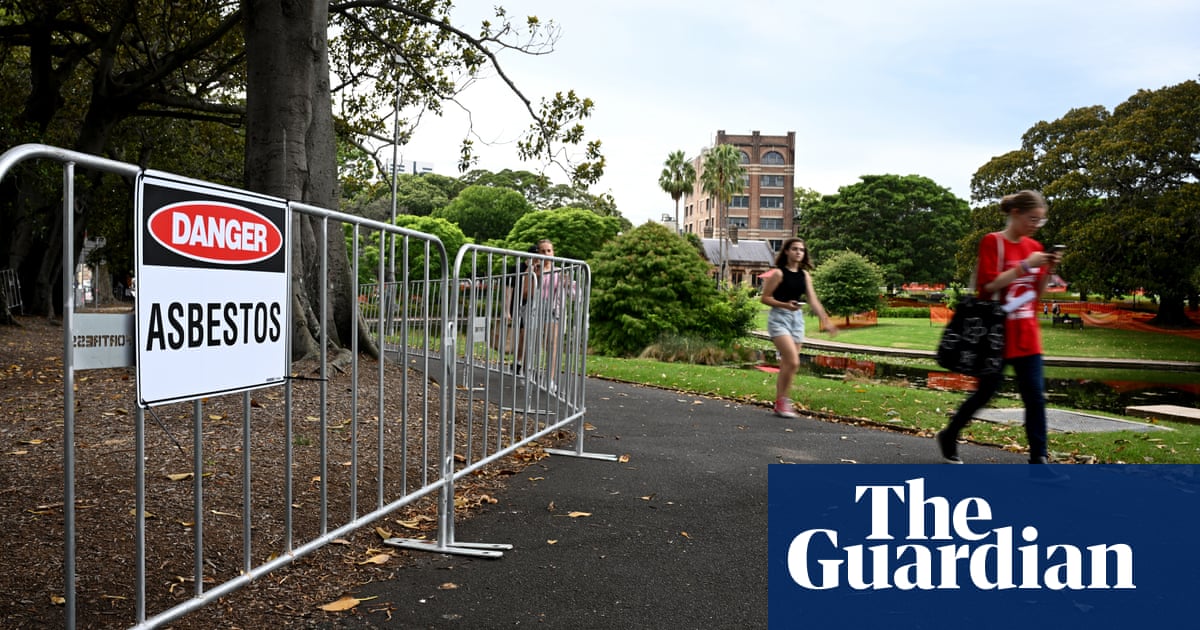
Water utilities and regulators in the US have identified 56 new contaminants in drinking water over the past two years, a list that includes dangerous substances linked to a range of health problems such as cancer, reproductive disruption, liver disease and much more.
The revelation is part of an analysis of the nation’s water utilities’ contamination records by the Environmental Working Group, a clean water advocate that has now updated its database for the first time since 2019.
It found that the jump is partly driven by newly identified PFAS, a toxic class of “forever chemicals” that are widely used across dozens of industries and are thought to be contaminating drinking water for more than 100 million people. Pesticides, water disinfectant byproducts and radioactive materials are among other substances identified by regulators.
Though the new contaminant list is disturbing, it would be much longer if regulators and utilities were properly monitoring the nation’s water supply, said the EWG senior scientist Tasha Stoiber.
“It speaks to the fact that we don’t have nearly strong enough regulations in place to protect drinking water, and the regulation process is much too slow,” she said. “We’re testing for things that are already in our drinking water after the fact … and we’re not keeping pace with these chemicals.”
The list includes some substances that have been in production and used for years, but are only now being monitored by regulators as their links to health problems become clear. Other contaminants include those that industry is only beginning to use in larger quantities.
Many of the substances were identified as part of the Environmental Protection Agency’s unregulated contaminant monitoring rule (UMCR), which is one of the first steps in the regulation process. It tracks chemicals’ presence in some water systems and its aim is to provide the EPA with a picture of how widespread a chemical’s contamination is before new limits are established.
Among other substances detected is HAA-9, a byproduct of the drinking water disinfection process. Regulators previously set limits for HAA-5, a contaminant in the same family that was found to cause health problems. Industry claimed HAA-9 was safe, but recent studies linked it to low birthrate, so the EPA is beginning to track it.
However, setting limits can be a lengthy process, and the EPA has failed to set a new limit under the UMCR in the 20 years since the rule was implemented. The agency found what Stoiber characterized as “eye-opening” levels of PFAS compounds in 2013 yet is aiming to set water limits for just two kinds by next year.
Other contaminants in the new list were detected by states that are moving to put stricter regulations in place for chemicals, like PFAS.
In the meantime, there’s little that people can do beyond educating themselves about which contaminants are in their water system, buying filters and advocating for stronger regulations. EWG’s database allows users to search for contaminants in water systems by zip code, and it provides a guide on which chemicals water filters can remove.
“Everyone can be educated,” Stoiber said. “Contact the local utility, ask them questions about what they’re doing … and push for stronger regulations that protect people’s health.”












